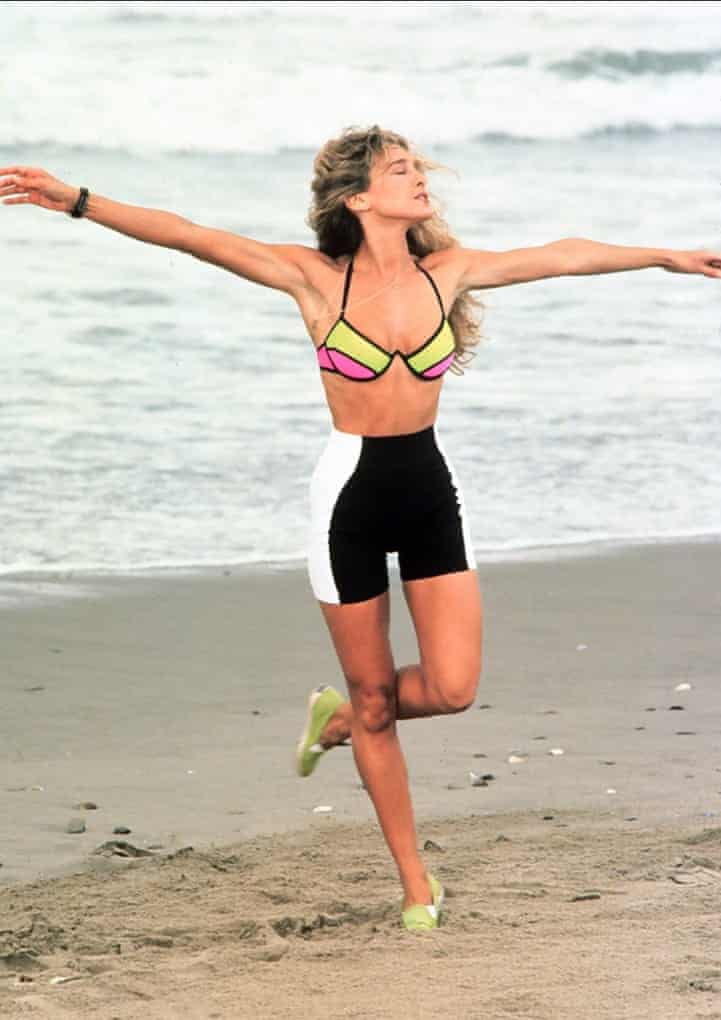Disclaimer: This information is not something I have learned from David Kibbe, and only represents what I think. Please join Strictly Kibbe if you would like help on your journey with Kibbe.
In my last post, I talked about how you can’t really add anything to length except width or curves, and that’s why D, SD, and FN are the only possible options for women who are tall. But this doesn’t really seem to be a sufficient explanation for why literal height is always length and thus yang, whereas literal shortness isn’t always yin. While I could repeat what David says, it was hard to get people on board if they felt that they had a short line, despite being tall.
I think I have come up with a way to explain it that makes sense. Let’s talk short lines. The Romantics (Romantic and Theatrical) and the Gamines (Soft and Flamboyant) have “yin size,” or a short body line. The Romantics have one due to their round shape, their curves. Think of yin as a circle, and yang as a line, either standing straight up (sharp yang) or on its site (blunt/strong yang).
Gamines, on the other, have a broken line. I can see this easily in my body. It is composed of short lines. My body line is basically in fits and starts, and it’s something I mirror in my clothing.
Now, when you add length to either a broken line or a rounded line, it loses that quality. With length, I would lose that “broken” quality to my line. All of the individual lines in my body would be longer. A rounded shape lengthens and the curvature is less dramatic compared to the length of the body.
But you can have someone who is shorter, and yet doesn’t have a broken line visually.
This seems fairly common when you’re just on the lower end of moderate (5’3″ or so), and less so when you get very short. But again, a long line on a short woman is just possible in the way a short line on a tall woman isn’t.
I hope this explains why there isn’t necessarily a lower limit for the tall Image IDs, but there is an upper one for shorter Image IDs.

